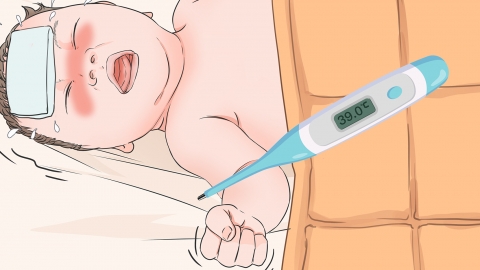At what temperature is a child considered to have a fever?
Fever, also known as pyrexia, typically occurs when a child's axillary (underarm) temperature exceeds 37.3℃, oral (mouth) temperature surpasses 37.5℃, or rectal (anal) temperature goes above 38℃. If any abnormalities are observed, prompt medical attention is recommended. Detailed analysis is as follows:

Normal body temperatures vary depending on the measurement site. Axillary measurement is commonly used due to its convenience, with a normal range of 36℃ to 37.3℃; a temperature exceeding 37.3℃ is considered fever. The normal oral temperature ranges from 36.3℃ to 37.5℃, beyond which fever is indicated. Rectal temperature most accurately reflects the body's internal temperature, with a normal range of 36.5℃ to 38℃; fever is defined as exceeding 38℃.
Measurement methods and environmental factors can also affect results. For example, a child's temperature might temporarily rise after physical activity or eating, or if excessive clothing interferes with axillary measurement. For accurate readings, measurements should be taken after 15-30 minutes of rest in a calm state, with extra clothing removed.
If a child's temperature is slightly above normal but their general condition is good, close observation may be sufficient. However, if the temperature continues to rise or is accompanied by symptoms such as listlessness, irritability, or persistent crying, timely medical consultation is necessary.










